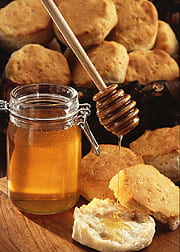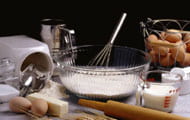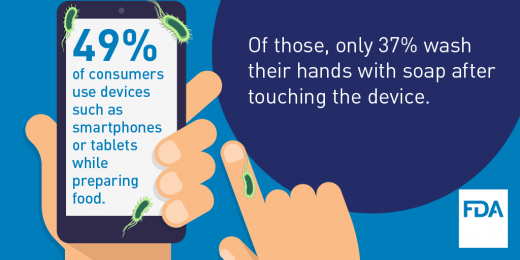Pinsa is an oblong flatbread pizza that was created in Rome by Corrado Di Marco in 2001. The crust is a made from a blend of wheat flour, rice flour, and soy flour. The wheat flour provides the gluten structure. The rice flour gives a lighter texture. The soy flour adds flavor, protein, and some chewiness.
The Pinsa can be baked in the oven or on a grill. The word Pinsa has a Latin origin meaning “to stretch or to beat or press.” This refers to stretching the dough to fill you up with only a few ingredients.
A Pinsa crust is crispy, light and airy. Toppings can be any favorite combination you prefer. A simple combination includes pesto, cherry tomatoes and mozzarella cheese. Or make a dessert with fresh peaches, honey and walnuts.
Learn more at www.ice.edu/blog/roman-pizza-pinsa and www.finecooking.com/article/how-to-make-pinsa.



